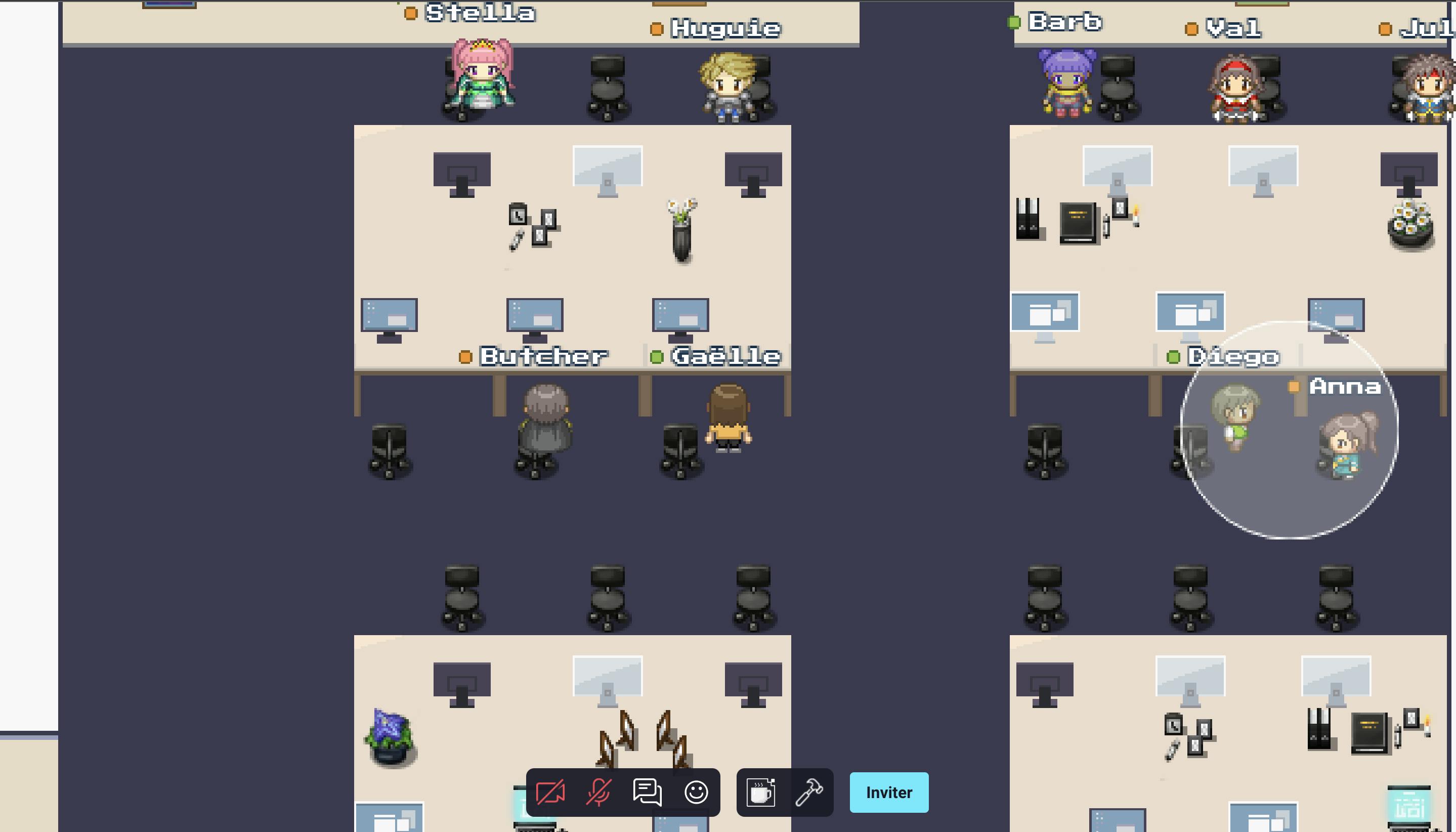🖊 5 remote team communication strategies for managers

Summary
1. Use appropriate communication tools
2. Promote bottom-up communication
Communicating effectively with a remote team has always been one of the biggest challenges of transitioning to an officeless work culture. Much of the nuance of face-to-face conversations can be lost in an email. Plus, how do you build an office culture when you don't have an office?
These few remote team communication strategies will help you foster collaboration and the establishment of healthy relationships between the members of your team, regardless of their position or their hierarchical level.
1. Use appropriate communication tools
There are different tools that can help you work collaboratively and communicate easily. You are probably familiar with classic tools such as Slack, Microsoft Teams, Trello, Google Drive, Zoom. These tools will allow you, for example, to create group agendas, shared documents, group communication channels and launch meetings in videoconference.
However, to be effective, avoid multiplying the means of communication and ensure that the whole team uses the same tools. It is also essential to support and train your employees in these new tools.
That is why we now have access to new tools, such as WorkAdventure, that allow you to have your all-in-one work tool thanks to the creation of a real virtual working space.
2. Promote bottom-up communication
Team members at the lowest level of your team structure may not feel comfortable enough to speak up and freely share their ideas. When you foster upward communication, you encourage team members, regardless of their position, to reflect and share their opinion. Do this by building trust daily, boosting group morale, and valuing their contributions in your remote team management.
3. Organize individual interviews
Small committee meetings or individual consultations promote communication and good group dynamics. Indeed, it is by exchanging their ideas and comparing their experiences that the members of your team will move forward and achieve their objectives hand in hand.
Organizing one-on-one meetings regularly allows you to address certain issues and ensure the well-being of your remote team members. To do this, it is once again essential to establish an atmosphere of trust. Indeed, if you want your remote team to express themselves freely and frankly, you will have to give them time and put them sufficiently at ease.
4. Give constructive feedback
One of the best remote team communication strategies is to give constructive feedback. Indeed, giving feedback on the work of your remote team is essential to communicate effectively. It is important to reassure your team about its performance in order to motivate it to continue its efforts and become more involved. Individual meetings are the perfect opportunity to provide feedback to each of your remote team members and discuss areas for possible improvement. Switching roles and asking them what they think of their work environment is also a great way to maintain a good remote team communication.
Some team members may not feel comfortable enough to give you candid feedback. It may then be possible to create an anonymous survey,allowing you to get honest opinions on how good your remote team management is.
5. Establish a new routine
Another great remote team communication strategy is to establish new habits that will allow you to communicate better within your team:
-
Weekly or even daily meetings in videoconference can help keep things on track.
-
A summary email at the beginning or end of the week to send to your team.
-
Dedicated communication channels for different groups or specific topics will prevent information from getting lost.
-
Individual points will make it possible to move forward on very specific subjects, but also to address the difficulties of each.
Small team building activities and moments of relaxation are recommended to keep the team spirit: “coffee break” in videoconference, blind tests…
To conclude…
Improving communication within your remote team will require setting up efficient remote team communication strategies. By doing so, you will encourage your remote or hybrid teams to express themselves and get more involved. To achieve this, rely on communication tools like WorkAdventure, which promotes collaboration and gives you every chance of achieving your goals in your remote team management.
